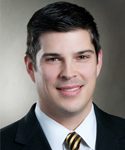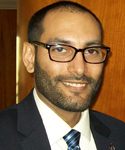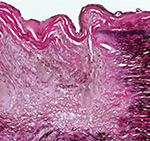WASHINGTON, D.C.—Total joint arthroplasty is one of the most common surgical procedures performed on adults with end-stage arthritis. One recent estimate showed that 2.5 million individuals in the U.S. are living with a total hip replacement and 4.7 million are living with knee replacements. For their patients with inflammatory arthritis, rheumatologists and orthopedic surgeons must…







